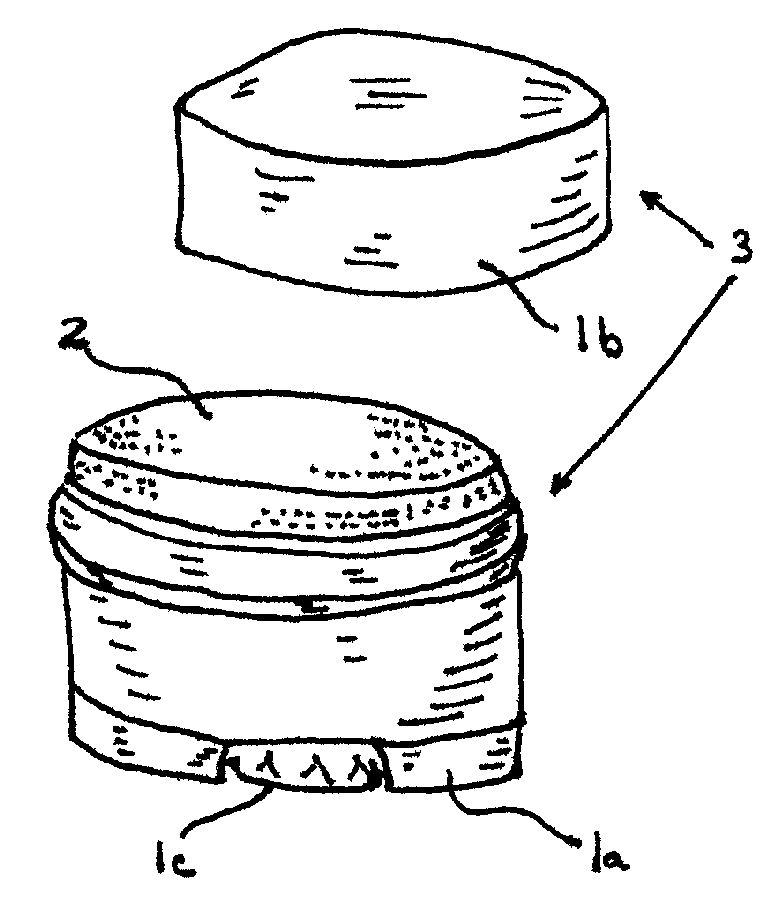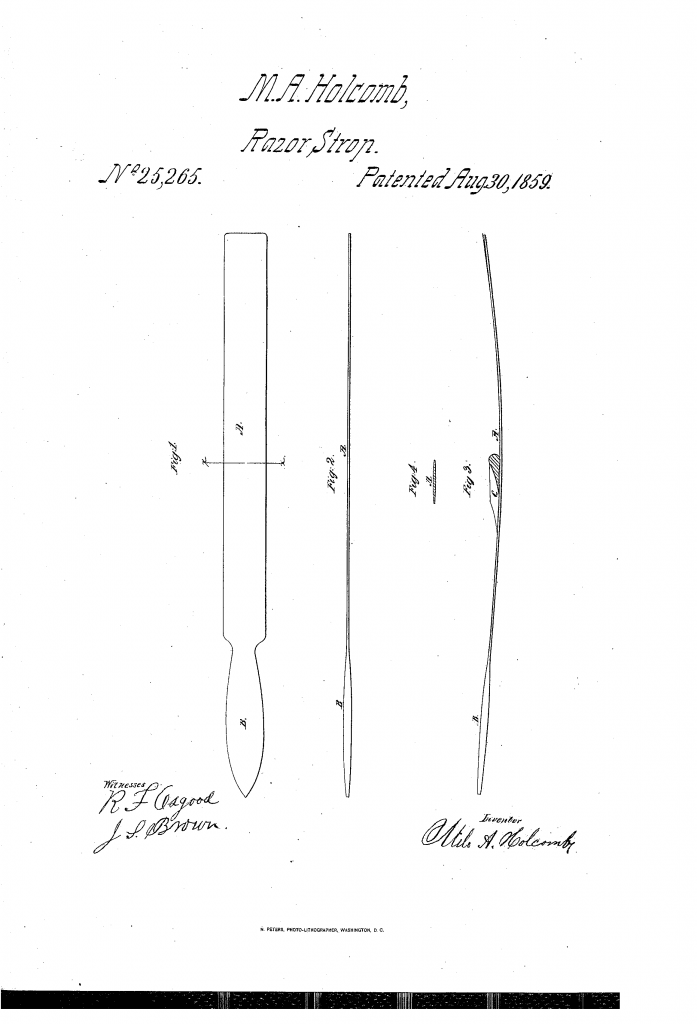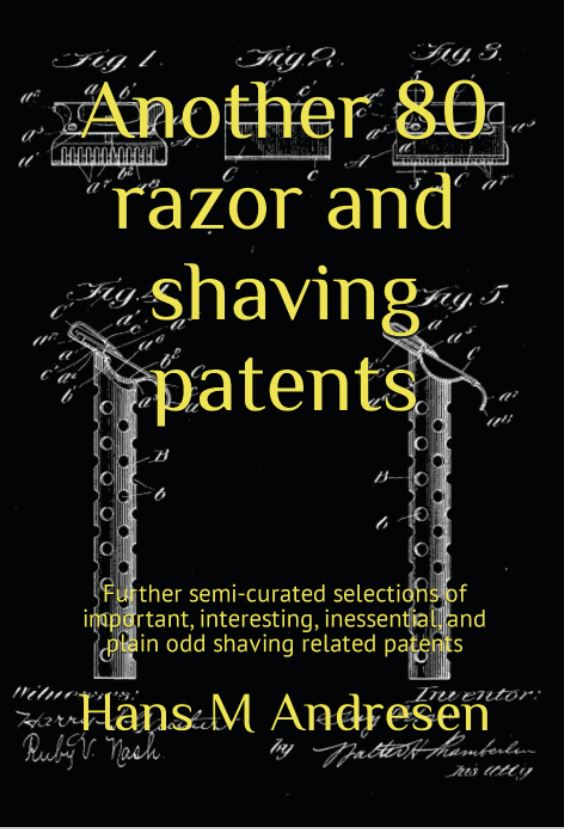Sometimes people files patent applications with the best of intentions, but at the same time a lack of understanding as to what the prior art is. One I recently found was Kevin Monte de Ramos’ Shaving Stick. The application was in 2005, and abaondoned a couple of years later.
Most patents seems to be focused on solving a problem. And the problem Kevin sought to fix, was that you would have to use your hand to apply lather. Or in his own words:
Shaving aids available in the market today come in three primary forms: (a) soaps whipped into a lather and then applied to the face using a brush, (b) creams/gels/lotions dispensed from the container into the hand and then spread across the area to be shaved, or as a (c) liquid astringent splashed onto the body.
From US patent application US11/306,176
The use of these shaving aids have a single unifying inconvenience: each requires an intermediary tool to apply the shaving aid onto the skin; namely the user’s hand. Additionally, shaving creams/gels/lotions accumulate to hide the hairs to be shaved. As such, it is often necessary to manually remove excess lubricant before passing the blade near critical hair lines; a man’s sideburn and mustache or a women’s bikini line. Another inconvenience is that shaving kits, cans of shaving cream, and bottles of shaving astringents take up limited space in our travel bags.
For starters, I wouldn’t say that having to use my hand to wield a brush is an inconvenience. But, for the sake of the argument, let’s pretend that it is.
Kevin goes on to describe how he got the idea for his invention while out shopping, wondering why shaving aids didn’t come in a deodorant container. So he went home and tried, and applied for a patent for the idea.

Can I just say that Kevin produced an oddly endearing drawing to go with his application?
According to the application, 1a is ‘applicator assembly body’ – i.e.: a deodorant tube. 1b is the lid for the tube, and 1c is the turn knob. 2 is the actual shaving soap, while 3 is the whole assembly. The whole thing is not exactly an un-intuitive step from someone used to deodorants and shaving soaps.
I can think of a couple of reasons why Kevin choose to abandon his patent application. Aside from the money needed to file a full patent, that is.. One is the fact that you would still be inconvenienced by using your hands to apply the shaving stick to your face. Unless, that is, you balances the shaving stick on your vanity and then bend down to rub your face over it.
The other reason is that a shaving stick in a convenient container isn’t a new idea by far. A hundred years ago – eighty years before Kevin filed the application for his shaving stick – you could get such things as Colgate’s Handy-Grip and Safetee in a tin. In short, there was prior art, and probably a lot of it too.
You can read the full patent application for Kevin’s shaving stick over at Google Patents.



